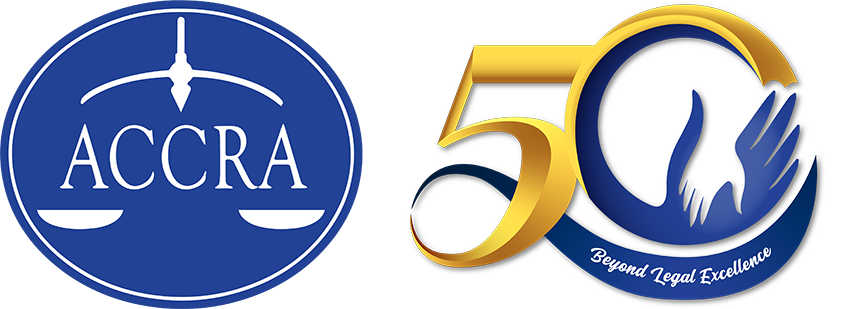The 1987 Constitution requires the State to protect and promote the right of all citizens to quality education at all levels, and to take appropriate steps to make such education accessible to all. It reflects the State’s policy to adopt a more inclusive educational institution that does not discriminate against the underprivileged and persons with special needs.
In line with the said policy, the Philippines had taken a step forward when it deposited its instrument of accession to the Marrakesh Treaty to Facilitate Access to Published Works for Persons Who Are Blind, Visually Impaired or Otherwise Print Disabled on Dec. 18, 2018. The said Treaty entered into force on March 18, 2019, and now has a total of 64 Contracting Parties.
This treaty binds State Parties to adopt limitations and exceptions to their copyright laws to facilitate the production and cross-border exchange of published works in formats designed to be accessible to people with blindness or visual impairments. Moreover, the treaty obliges State Parties to allow cross-border exchange of public works by organizations. In the Philippines, the treaty limits the territorial nature of copyright laws to some extent.
True to its commitment, the Philippines, through the Intellectual Property Office (IPO), recently published the Philippine Marrakesh Regulations or IPOPHL Memorandum Circular No. 2019-025, Series of 2019, on Feb. 27. Said rules shall take effect 15 days from its publication.
With this, the Philippines can now export and import copyrighted works in accessible format copy to and from fellow State parties. “Accessible format copy” is defined by the regulations as “a copy of the work in an alternative or specialized manner or form, including Braille, audio books and other existing formats or ones that may be developed in the future, which gives a beneficiary person access to work, including to permit the person to have access as feasibly and comfortably as a person without visual impairment or other print disability.”
To recall, even as early as March 2013, an amendment to the Intellectual Property Code of the Philippines was introduced on the limitations of a copyright, allowing “the reproduction or distribution of published articles or materials in a specialized format exclusively for the use of the blind, visually- and reading-impaired persons: Provided, that such copies and distribution shall be made on a nonprofit basis and shall indicate the copyright owner and the date of the original publication.”
In the information age, having access to a wider array of knowledge through published articles and materials in accessible format copy, is primarily important for learners with visual impairments. Having wider access may translate to better quality of education and may level the playing field between sighted learners and learners with visual impairment, especially those enrolled in inclusive classrooms where both types of learners are taught at the same time. Indeed, the ripple effect is unimaginable.
However, the implementation of the Marrakesh Treaty may also face some challenges, to name a few:
- One, the source of funding. Budget must be allocated so these materials can be reproduced in sufficient copies and delivered to schools and communities catering to learners with visual impairments.
- Two, effective mobilization and coordination between government agencies and the private sector for the implementation of the regulations, including the conduct of information drives to stakeholders.
- Three, to improve the over-all attitude of the visually-impaired towards education. A number of these individuals, unfortunately, also belong to the underprivileged class. And getting an education may not be one of their priorities as they struggle for survival, trying to make ends meet, day in and day out.
With the implementation of the Philippine Marrakesh Regulations, the State should be mindful of addressing these obstacles. Only then can it be said that the State has opened its eyes to the needs of learners with visual impairment.
The views and opinions expressed in this article are those of the author. This article is for general informational and educational purposes, and not offered as, and does not constitute, legal advice or legal opinion.




